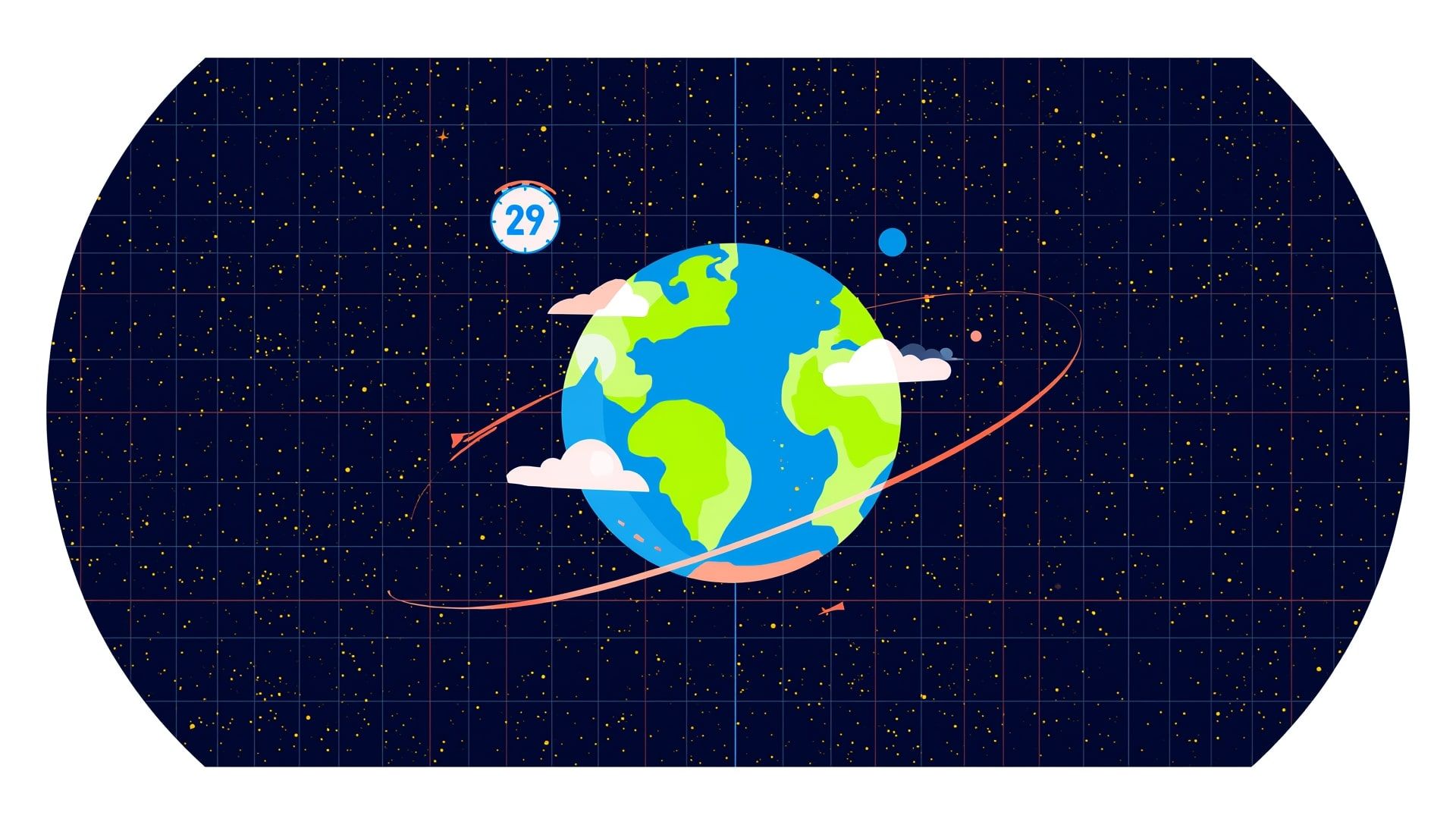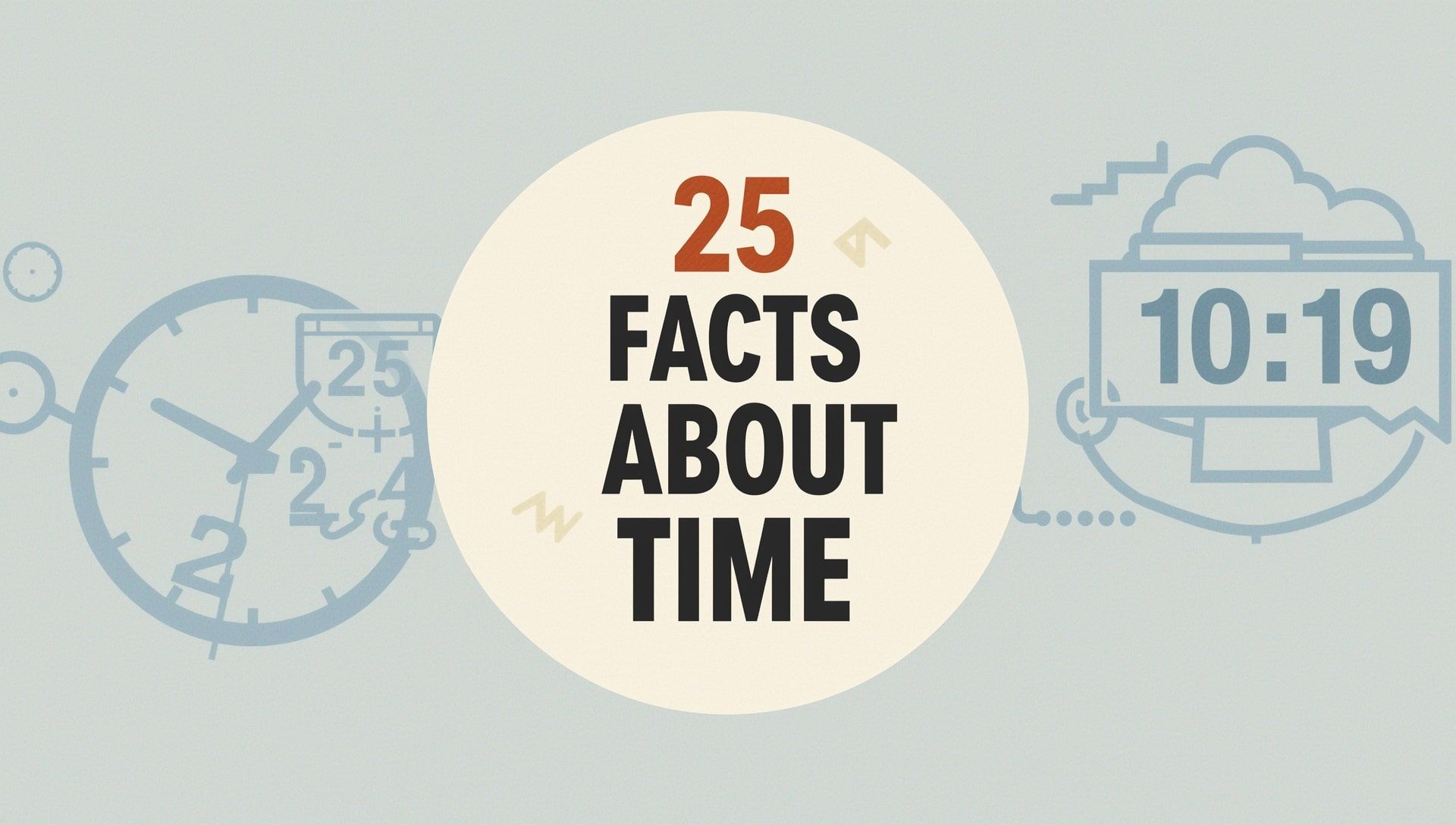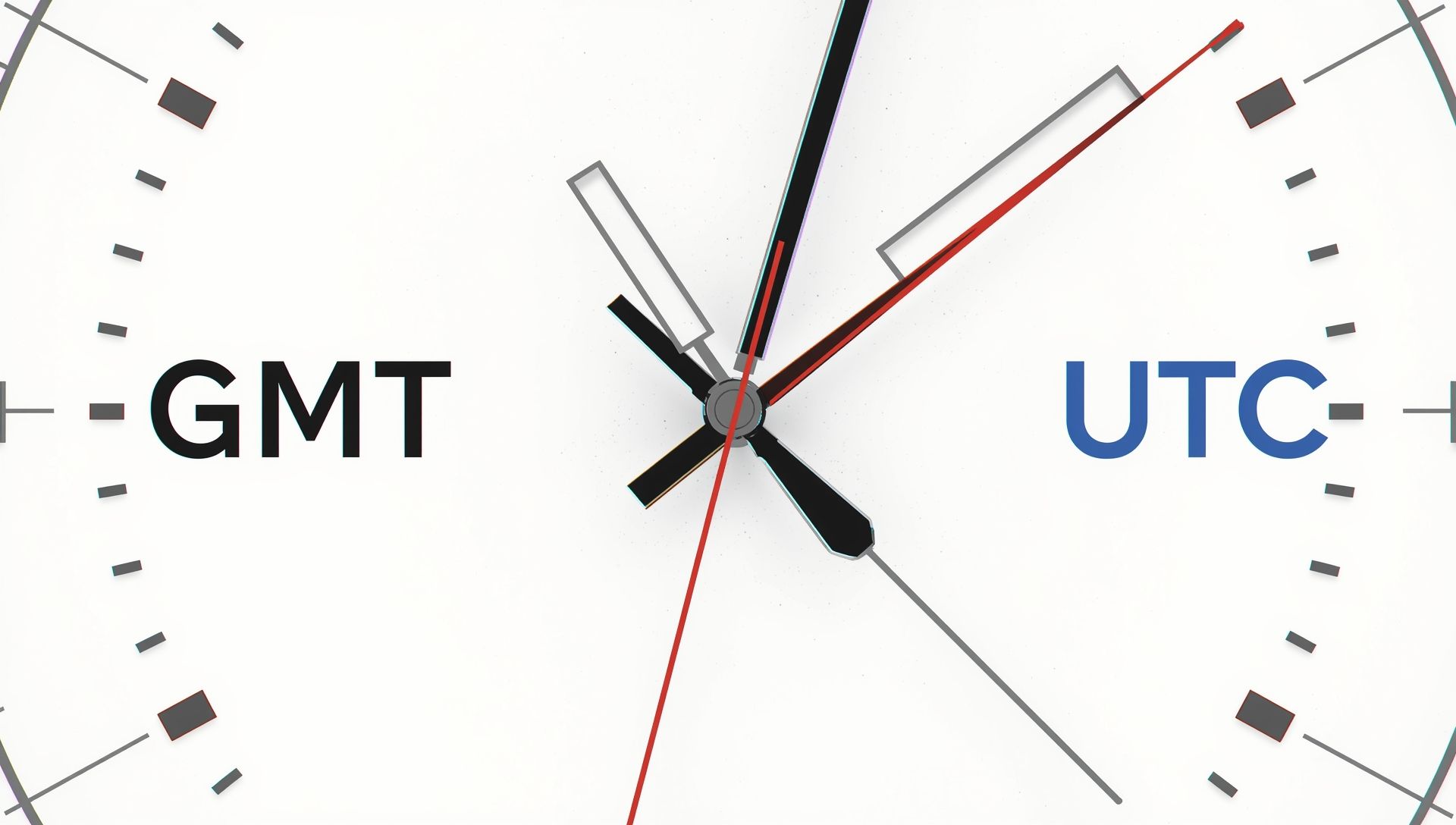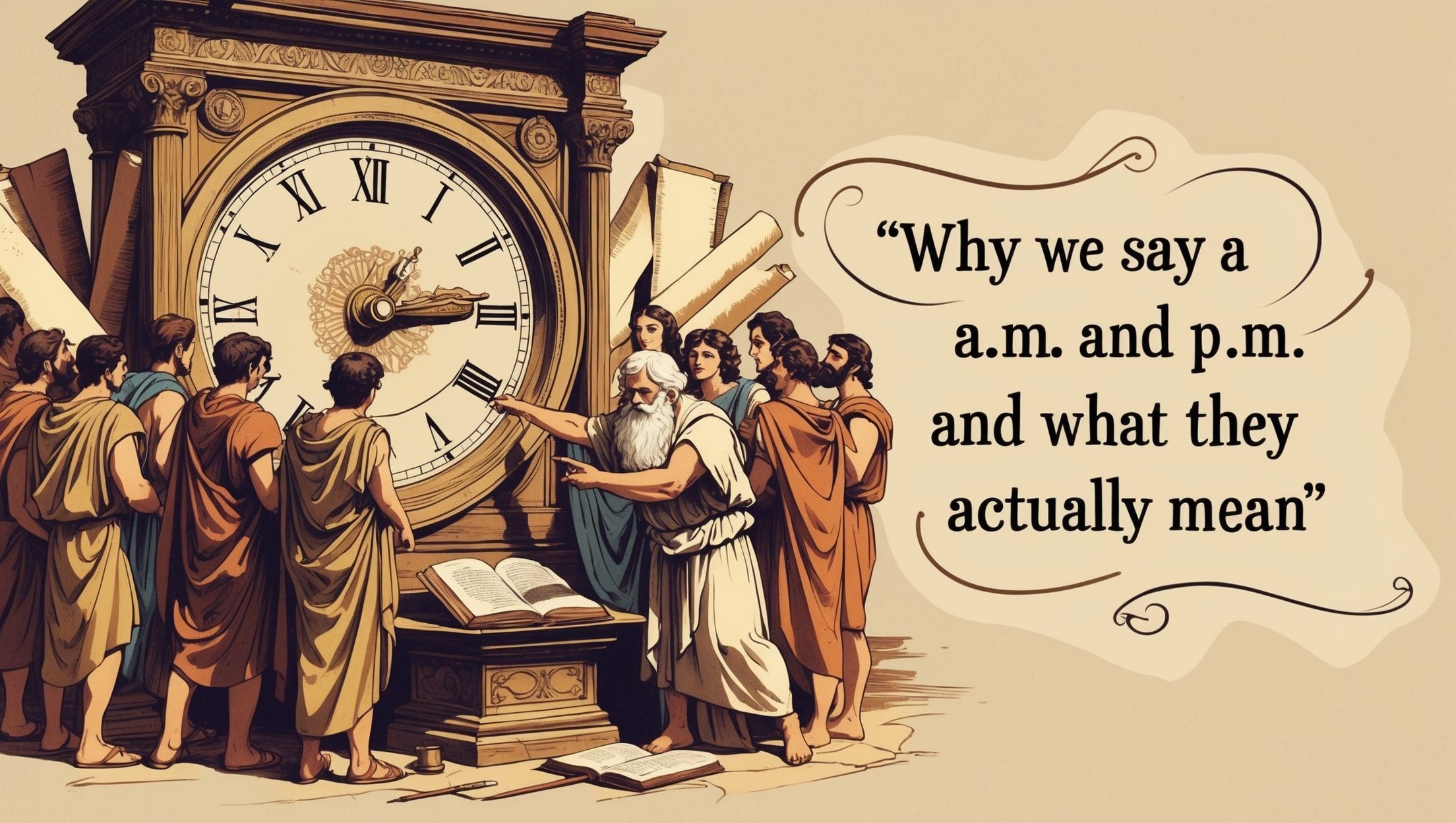You glance at the clock. It ticks forward one second. Sixty of those make a minute, but why? Why not 100? Or 10? We’ve sent people to the moon but still count time using a system rooted in math from thousands of years ago. Turns out, that tick-tick-tick is ancient math in motion, the same base that still defines how time zones are divided today.
The Babylonians Set the Stage
The Babylonians lived over 4,000 years ago in what’s now Iraq. They didn’t use base-10 like most of us do. Instead, they used base-60. Why? No one knows for sure, but it may have made fractions easier. Sixty can be divided by 2, 3, 4, 5, and 6 without leaving leftovers.
That made it great for splitting things into parts, especially when you had no calculators. This number system made its way into astronomy, early calendars, and eventually, timekeeping.
Why Base-60 Is Actually Pretty Handy
We’re used to base-10. It’s what our fingers gave us. But base-60 was practical in its own way. Need to split something six ways? Base-10 gives you weird decimals. Base-60 gives you clean results.
So when early astronomers were measuring the movement of the sun, moon, and stars, base-60 worked better for their math. Over time, these divisions influenced how we counted hours, minutes, and seconds, a foundation that later shaped sidereal and solar time distinctions.
How the Clock Got Its Numbers
The idea of dividing an hour into 60 minutes, and then into 60 seconds, didn’t show up all at once. Ancient Greeks added to the system later. They used Babylonian math when mapping the sky. Ptolemy, a Greek astronomer from the second century, used base-60 in his work. He described angles in degrees, minutes, and seconds. This eventually bled into how we tell time, even influencing the IANA time zone structure that standardizes clocks today.
Later, mechanical clocks kept the system going. When people started building timepieces in the Middle Ages, they used the divisions that already existed. Nobody wanted to reinvent the wheel.
Other Cultures Tried Other Ways
The Babylonians weren’t the only ones keeping time. But they left the biggest mark. Other systems popped up too:
- Ancient Egyptians divided daytime into 12 parts using sundials
- Chinese clocks once used 100 divisions for a day
- French revolutionaries tried decimal time with 100-minute hours
- Some Islamic clocks used lunar-based time systems
- Indigenous cultures timed days by natural events, not numbers
Most didn’t stick. Babylonian-style timekeeping just worked better across borders, especially for world clock coordination, astronomy, and trade.
Why We Haven’t Switched to Something Simpler
You might think 100 seconds per minute sounds easier. It probably is. But changing it now would cause chaos. Everything from GPS to medical devices to power grids relies on the current system, the same framework that underpins modern military time zones and global synchronization.
We also have atomic clocks that define a second very precisely: the time it takes for a cesium atom to oscillate a certain number of times. That definition is based on the current system, which still uses 60 seconds per minute.
What a Second Really Measures
A second is not just a tiny slice of a minute. It’s a real, measurable unit in physics. Since 1967, scientists have defined it based on atomic resonance, not spinning Earth. That means even if Earth slows down, the second stays stable, a concept essential for UTC, the world’s time standard.
Still, the minute gets its 60 seconds from history, not nature. Nature didn’t ask for this. Humans made it up and stuck with it.
The Strange Power of Old Math
The next time someone says a minute feels long, just remember: it’s 60 seconds because some people four millennia ago liked the number 60. That number spread through sky charts, into Greek science, and then into the gears of the first clocks.
Even today, with satellites and nanosecond timestamps, we still bow to Babylonian math. All because 60 was just easier to work with in the sand, under the stars, a truth that connects ancient counting systems to the precision of modern timekeeping.









